 2020 Hyundai i20 III Dimensions, Size & Specs
2020 Hyundai i20 III Dimensions, Size & SpecsMeasurements of the 2020 Hyundai i20 III, engineered for optimal performance and comfort
| Dimensions | |
|---|---|
| Length: | 4040-4075 mm159.1-160.4 in13.3-13.4 ft |
| Width: | 1750-1775 mm68.9-69.9 in5.7-5.8 ft |
| Height: | 1440-1450 mm56.7-57.1 in4.7-4.8 ft |
| Trunk Capacity: | 351-352 liter12.4-12.4 cu ft |
| Trunk Capacity (Max): | 1165 liter41.1 cu ft |
| Weight Specifications | |
| Curb Weight: | 1190 kg2624 lbs |
| Maximal permitted Weight: | 1650 kg3638 lbs |
| Roof Load: | 70 kg154 lbs |
| Tire Specifications | |
| Rims Sizes: | 17-inch rims:
|
| Tire Size: |
|
The Hyundai i20 III, produced from 2020 to 2023, is a compact hatchback designed to blend style with practicality. Offering a length ranging from 4040 to 4075 mm (159.1 to 160.4 inches), a width between 1750 and 1775 mm (68.9 to 69.9 inches), and a height spanning 1440 to 1450 mm (56.7 to 57.1 inches), it fits comfortably into the subcompact segment, making it suitable for urban driving and tight parking spaces. The curb weight stands at 1190 kg (2623 lbs), supporting a maximum permissible weight of 1650 kg (3637 lbs), which enables efficient fuel consumption without compromising structural integrity.
The i20 III boasts a versatile luggage capacity starting at 351 to 352 liters (12.4 to 12.4 cubic feet), expandable to a generous 1165 liters (41.1 cubic feet) when the rear seats are folded down. This makes it a practical choice for small families or individuals requiring flexible cargo solutions. The hatchback accommodates a roof load of up to 70 kg (154 lbs), facilitating additional carrying options such as roof boxes or racks for bikes or luggage.
Equipped with sporty 17- or 18-inch rims (7.5J x 18) paired with 215/40 R18 tires, the Hyundai i20 III combines a dynamic look with stability and grip on the road. This hatchback is ideal for those looking for a compact car that does not compromise on comfort, space, or style. Whether used for daily commutes around the city or weekend getaways, the Hyundai i20 III stands out for its balanced dimensions and efficient use of interior space.
Discover the standout features that make the 2020 Hyundai i20 III a leader in its class
Have a question? Please check our knowledgebase first.
The Hyundai i20 III, produced between 2020 and 2023, features a length ranging from 4040 mm to 4075 mm (approximately 159.1 to 160.4 inches), a width between 1750 mm to 1775 mm (68.9 to 69.9 inches), and a height from 1440 mm to 1450 mm (56.7 to 57.1 inches). These dimensions place the i20 III comfortably within the compact hatchback category, offering a balance between maneuverability in urban environments and sufficient interior space for passengers.
The Hyundai i20 III has a curb weight of approximately 1190 kg (about 2,624 lbs), which refers to the vehicle's weight without passengers or cargo but including necessary fluids and a full tank of fuel. The maximum gross vehicle weight is 1650 kg (3,638 lbs), indicating the total weight the car can safely handle when fully loaded with passengers, cargo, and additional equipment. This weight range ensures a good balance between structural integrity and fuel efficiency.
The Hyundai i20 III offers a luggage capacity of 351 to 352 liters (approximately 12.4 cubic feet) with the rear seats up, providing ample space for everyday use such as grocery shopping or luggage for a small trip. When the rear seats are folded down, this capacity expands significantly to 1165 liters (about 41.1 cubic feet), making it highly versatile for transporting larger items, bulky luggage, or even sporting equipment. This adaptability is a key feature for a hatchback in this class.
Yes, the Hyundai i20 III generally fits comfortably into a standard garage. Standard garage widths typically start at around 2400 mm (7.87 feet) or 2440 mm (8 feet), with depths commonly around 4900 mm (16 feet). Given the i20 III's width of 1750 to 1775 mm (about 5.74 to 5.82 feet) and length between 4040 and 4075 mm (13.25 to 13.38 feet), it can easily be accommodated within a standard single-car garage space with room for maneuvering around the vehicle.
The Hyundai i20 III's width, ranging from 1750 mm to 1775 mm (68.9 to 69.9 inches), is quite competitive within the compact hatchback segment. This width allows it to provide a roomy cabin space without compromising maneuverability in tight urban settings. Compared to competitors like the Volkswagen Polo or Ford Fiesta, which have widths generally between 1730 mm and 1780 mm, the i20 III sits comfortably in the middle ground, offering a good balance between interior space and external dimensions.
The Hyundai i20 III comes equipped with rims sized 17 inches and 7.5J x 18 inches, indicating options for both 17 and 18-inch wheels. Tire sizes are 215/40 R18, which means the tires have a width of 215 millimeters, an aspect ratio of 40%, and are designed to fit 18-inch rims. These tire and rim sizes contribute to a sportier appearance and potentially enhanced handling characteristics, especially with the lower-profile tires found on the 18-inch rims.
The Hyundai i20 III has a height ranging from 1440 mm to 1450 mm (56.7 to 57.1 inches), which places it squarely within typical measurements for compact hatchbacks. Its roof load capacity is rated at 70 kg (about 154 lbs), allowing for the mounting of roof racks or roof boxes suitable for additional luggage or sporting equipment like bikes or skis. This means the i20 III is well-suited for active lifestyles while maintaining a compact profile.
The Hyundai i20 III shows incremental improvements over its predecessor, the i20 II, particularly in terms of length and interior space. While exact measurements for the i20 II varied by market, generally, the i20 III is slightly longer (over 4040 mm vs. roughly 4000 mm) and offers more modern styling and interior packaging. The luggage capacity and interior ergonomics have been enhanced, providing more practicality. These dimensional improvements allow for increased passenger comfort and cargo versatility compared to the previous generation.
When compared to rivals such as the Toyota Yaris or Ford Fiesta, the Hyundai i20 III offers competitive dimensions with its length of around 4040-4075 mm and width of 1750-1775 mm. While the Toyota Yaris tends to be slightly more compact and the Ford Fiesta similar or marginally smaller, the i20 III boasts a slightly larger luggage capacity of up to 1165 liters with folded rear seats, which is often more spacious than competitors. Additionally, Hyundai offers a modern design, good equipment levels, and efficient powertrains, making it a strong contender in the compact hatchback segment.
The Hyundai i20 III has a maximum roof load capacity of 70 kg (154 lbs). This rating is important because it specifies the maximum weight that can be safely placed on the vehicle's roof using roof racks or carriers without affecting the car's stability or structural integrity. This capacity enables owners to carry additional equipment such as luggage boxes, bicycles, or sports gear, enhancing the vehicle's practicality for various activities while maintaining safety standards.
Discover similar sized cars.
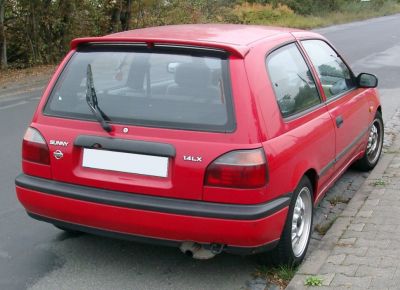
| Production: | 1990-1995 |
|---|---|
| Model Year: | 1991 |
| Length: | 3975 mm156.5 in |
| Width: | 1690 mm66.5 in |
| Height: | 1395 mm54.9 in |

| Production: | 2023-present |
|---|---|
| Model Year: | 2023 |
| Length: | 4061 mm159.9 in |
| Width: | 1960 mm77.2 in |
| Height: | 1435 mm56.5 in |
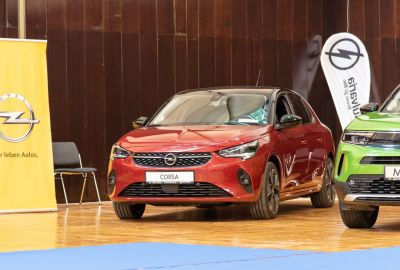
| Production: | 2019-2023 |
|---|---|
| Model Year: | 2020 |
| Length: | 4060 mm159.8 in |
| Width: | 1960 mm77.2 in |
| Height: | 1435 mm56.5 in |
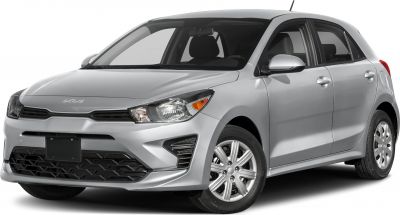
| Production: | 2020-present |
|---|---|
| Model Year: | 2021 |
| Length: | 4064-4070 mm160.0-160.2 in |
| Width: | 1993 mm78.5 in |
| Height: | 1450 mm57.1 in |

| Production: | 2017-2020 |
|---|---|
| Model Year: | 2017 |
| Length: | 4065 mm160.0 in |
| Width: | 1990 mm78.3 in |
| Height: | 1450 mm57.1 in |
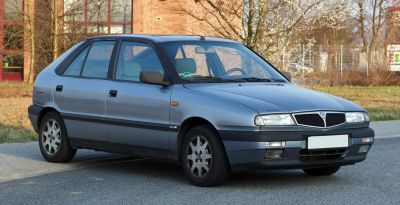
| Production: | 1993-1999 |
|---|---|
| Model Year: | 1993 |
| Length: | 4011-4100 mm157.9-161.4 in |
| Width: | 1703-1760 mm67.0-69.3 in |
| Height: | 1430 mm56.3 in |
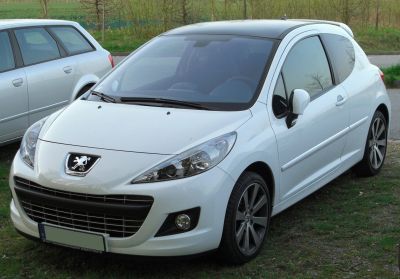
| Production: | 2009-2012 |
|---|---|
| Model Year: | 2009 |
| Length: | 4045 mm159.3 in |
| Width: | 1972 mm77.6 in |
| Height: | 1472 mm58.0 in |
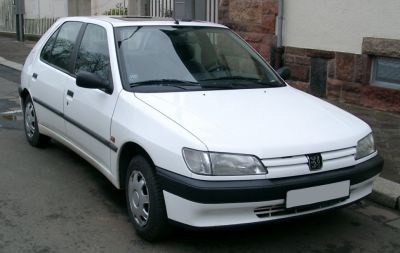
| Production: | 1993-1997 |
|---|---|
| Model Year: | 1993 |
| Length: | 3995 mm157.3 in |
| Width: | 1695 mm66.7 in |
| Height: | 1365-1380 mm53.7-54.3 in |
